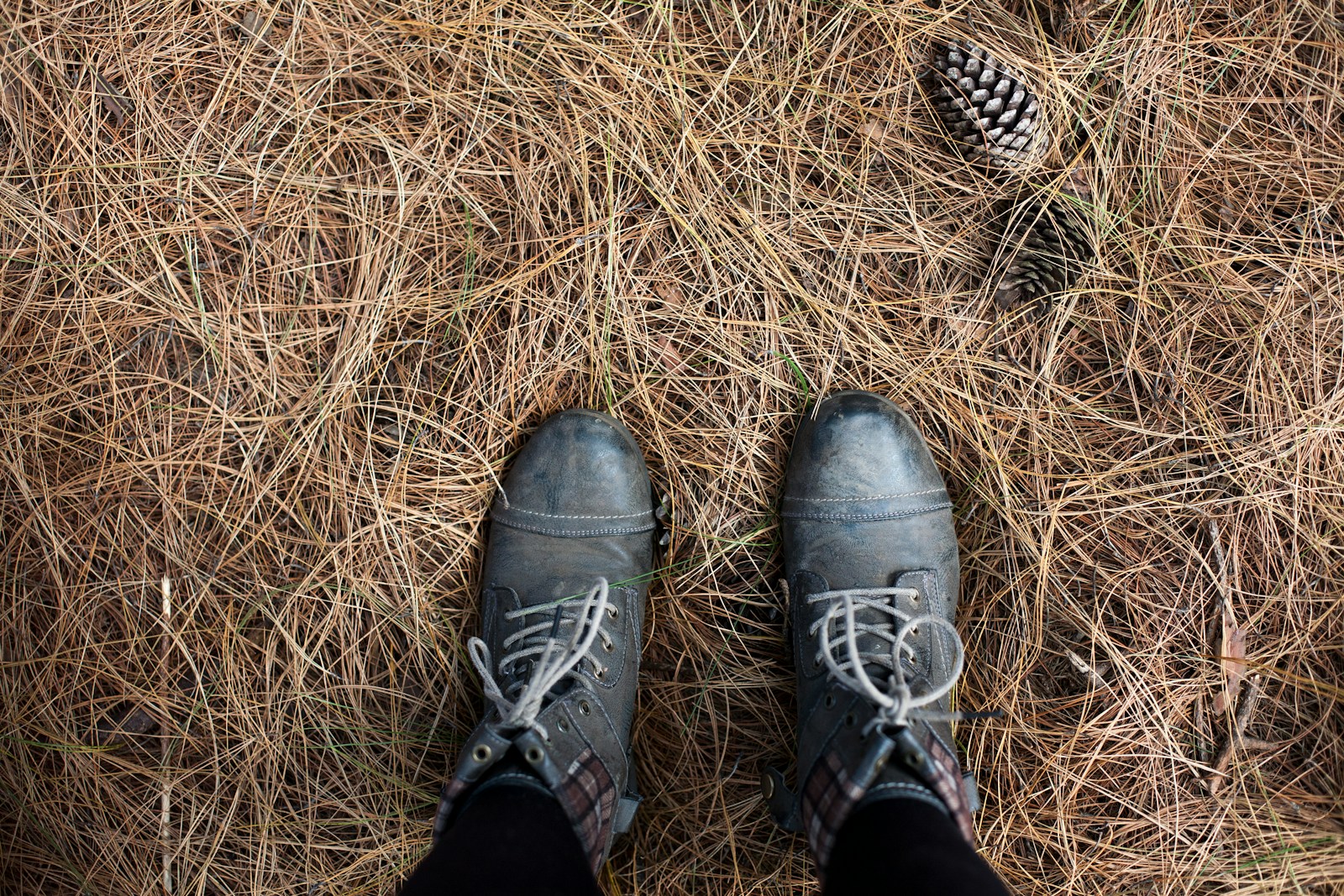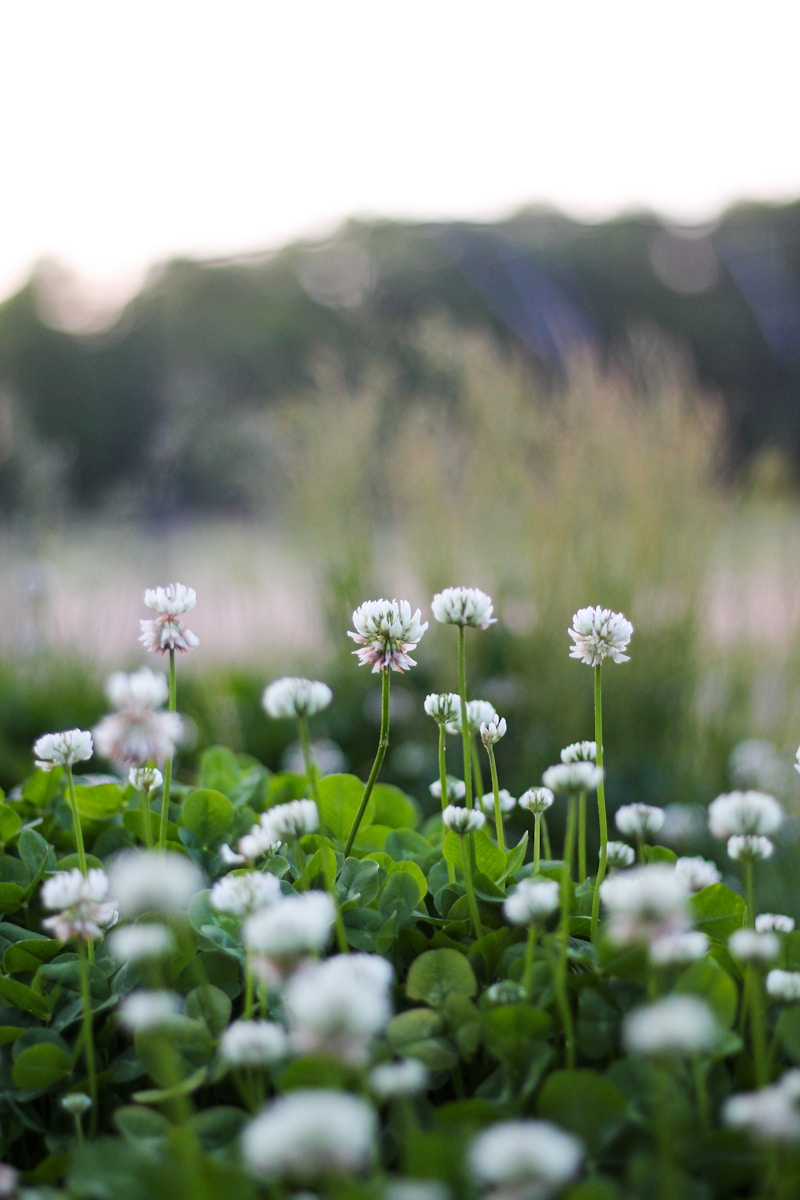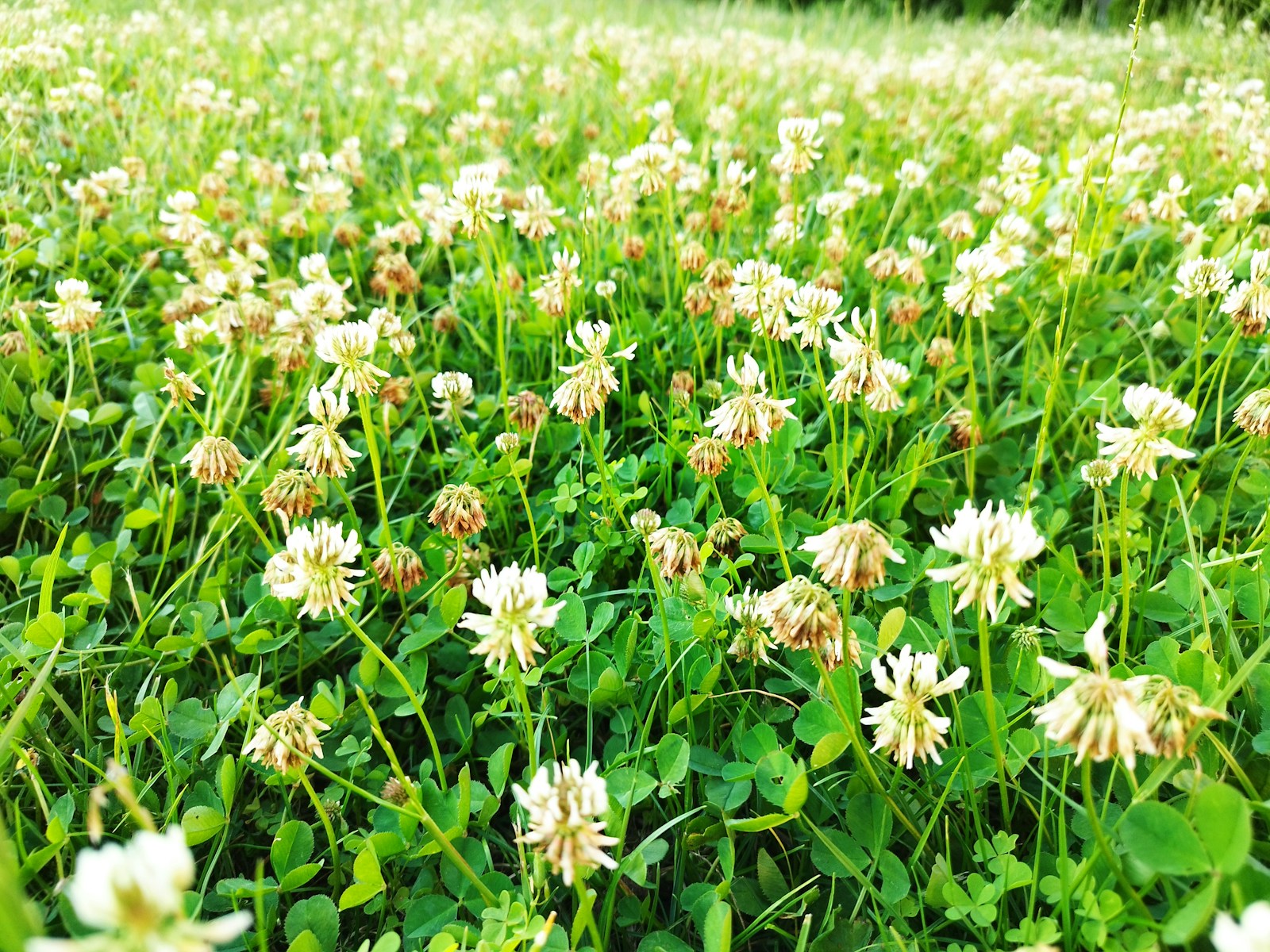If you live near pine trees, chances are you’ve noticed your lawn turning into a brownish carpet of fallen needles every fall. Some folks shrug it off as harmless mulch. Others worry their grass is suffocating underneath.
So what’s the real story? Are pine needles good, bad, or somewhere in between?
What Happens When Pine Needles Fall on Grass
Pine needles don’t break down quickly like leaves. They’re waxy, tough, and slightly acidic. When they land in large amounts, especially in shady or damp areas, they can:
- Smother your grass and block sunlight
- Retain moisture and promote mold or fungus
- Make lawn care tools like mowers or trimmers less effective
- Create slippery spots on sidewalks or driveways
This doesn’t happen overnight—but a thick, unmanaged layer of pine needles can slowly choke out healthy turf.
Are Pine Needles Ever Helpful?
Yes! In the right spots, pine needles make excellent mulch. They’re especially good for:
- Acid-loving plants like blueberries, azaleas, rhododendrons, and hydrangeas
- Flower beds or garden borders, where they reduce weeds and retain moisture
- Erosion control on slopes
Just keep them off your lawn grass. Think of them like bark mulch—great around plants, not so much underfoot.
Does the Acidity of Pine Needles Hurt Grass?
This is a common myth—and the answer is: not really.
While fresh pine needles are mildly acidic, they don’t change soil pH very much on their own. The real issue isn’t acidity—it’s suffocation. Grass needs air, water, and light. A thick mat of needles blocks all three.
So don’t worry about your lawn’s pH. Worry about airflow and sunlight.
When You Can Leave Pine Needles Alone
There are a few exceptions where it’s fine to leave needles where they fall:
- You have no lawn in that area (natural forest floor landscaping)
- It’s a low-traffic part of your yard
- The layer is light and the needles aren’t piling up too fast
- You plan to use them as mulch in beds or compost piles
Otherwise, plan to clean them up seasonally to keep your grass healthy and your yard looking tidy.
So… Should You Rake Them Up?
You can—but why not use smarter tools?
There are easier ways to remove pine needles:
- Push lawn sweepers for flat lawns
- Lawn vacuums for heavy or damp piles
- Leaf blowers for decks and patios
- Tow-behind sweepers for big properties
See our top tool picks for pine needle cleanup.
Final Takeaway
Pine needles aren’t your lawn’s worst enemy—but they’re not harmless either. Left unchecked, they’ll slowly suffocate turf, dull your landscape’s look, and turn simple lawn care into a bigger chore.
So use them wisely as mulch—but clear them off your grass. Your lawn will thank you.



